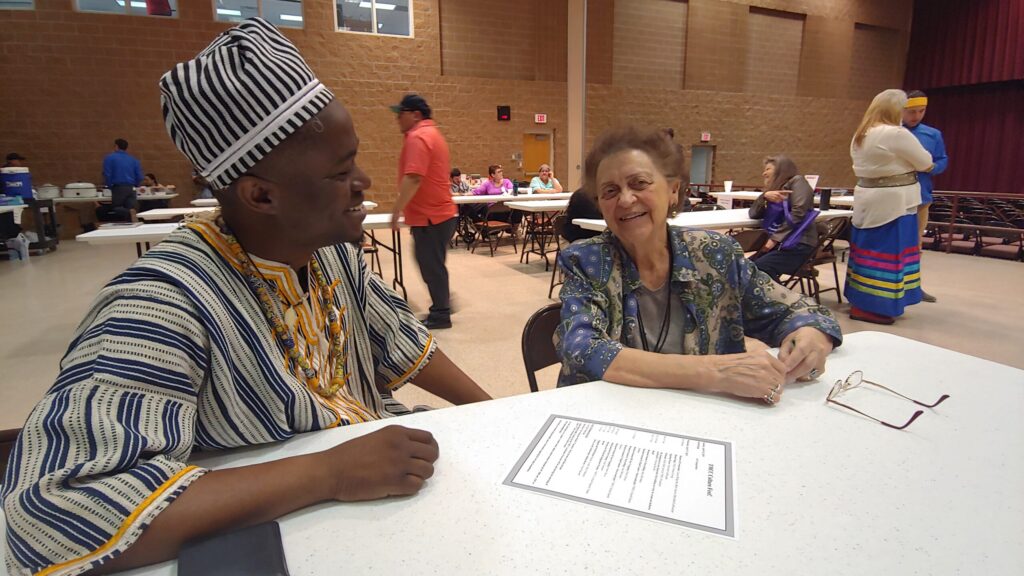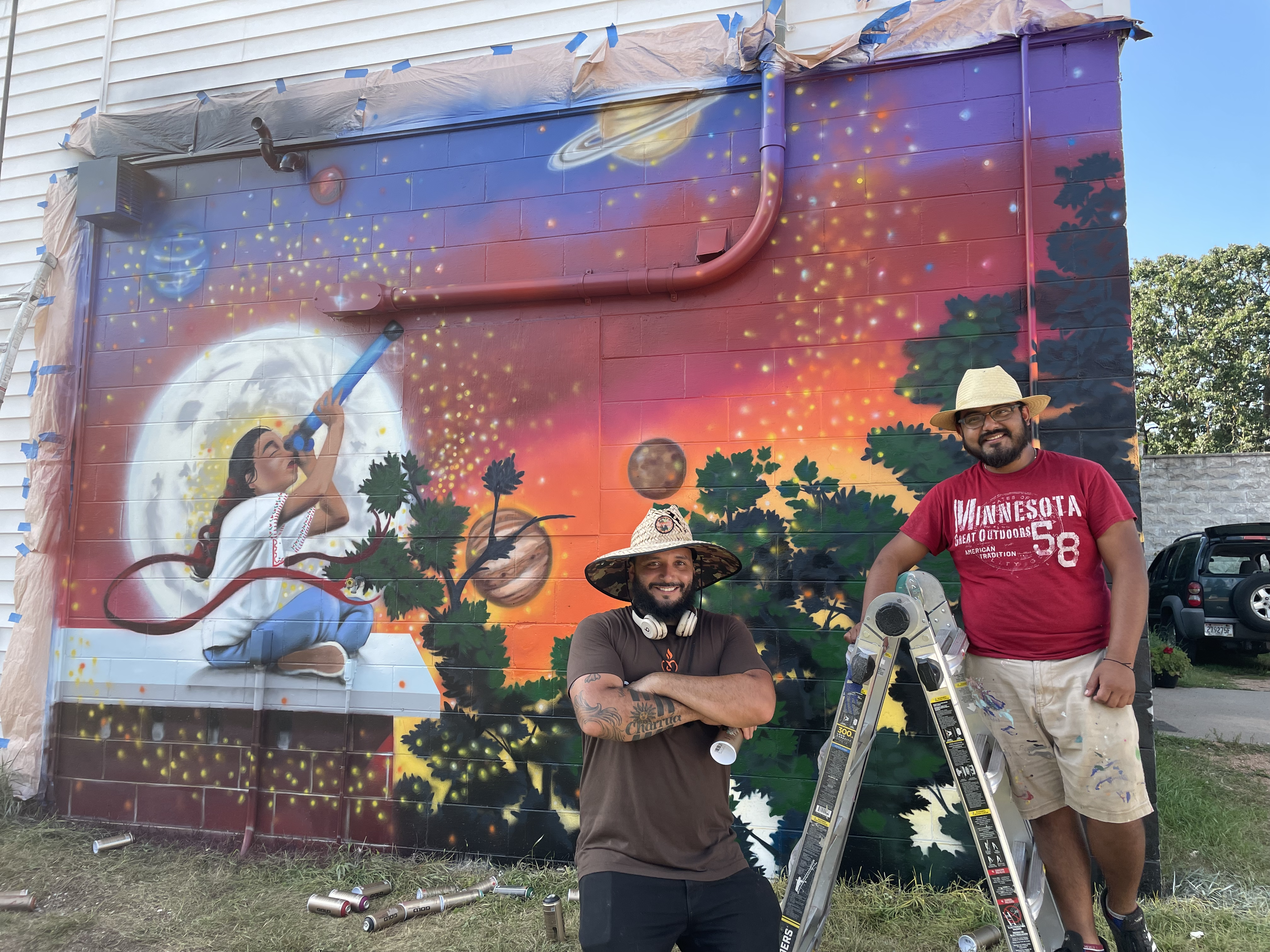Thinking about being competitive can push artists and nonprofit leaders outside their comfort zone. The mission-driven ecosystem thrives in a spirit of cooperation, not competition.
However, every nonprofit organization has qualities that differentiate it from others doing similar work. Understanding what makes your organization distinctive, and the value that creates, will help you attract people and funding, ultimately allowing you to make a greater impact. How can you stand out from others, and apart from the noise?
First, let’s simplify terminology
“Set Yourself Apart” = “Differentiation” = “Competitive Advantage”
Your ability to make a difference in your community by using your unique skills or knowledge, or by doing outstanding and creative work, is what makes you special. This uniqueness can be called many things, but they all mean the same thing.
Competition and collaboration are not mutually exclusive!
You can know and lean into your special qualities without considering it a competition with your neighboring organization. You can still be collaborative while knowing and promoting the ways that your organization stands out. At the end of this post, we have a worksheet with instructions to help you do just that.

Start Big: How do you identify what makes you special?
Getting clear on what makes your organization special is a great exercise for your entire team. It’s not just about identifying what you do well, but what is the highest value to your community. Once you have the answers, building assets and strengths to create a niche that is distinctly recognizable becomes so much easier!
Get Detailed: What are some specific ways you can set yourself apart?
Simply saying that your organization is unique isn’t enough. The question is HOW are you unique.
Breaking it down into the following categories is a helpful way to identify ways that you are truly unique from others.
- Do you have a recognizable location or specialized building?
- Is your board of directors particularly well-connected or offer key partnerships?
- Do you have strong reputation or name recognition, or a compelling history or backstory?
- Is your base of funding and support diversified, flexible, and stable?
The Somali Museum of Minnesota in Minneapolis, MN is an example of an Asset Advantage. The Somali Museum of Minnesota is the only museum in the world that is dedicated to Somali culture.
Stuart’s Opera House located in Nelsonville, OH is another example of an Asset Advantage. The Stuart’s Opera House is a beautifully restored historic theater and is the cornerstone of the public square.
- Do you provide a service or product that nobody else offers in your market?
- Do your product or program offerings result in measurably superior outcomes?
Mizna located in Saint Paul, MN is an example of a Product Advantage. Mizna publishes Mizna: Prose, Poetry and Art Exploring Arab America, the only Arab American lit and art journal in the country; and produces the Twin Cities Arab Film Festival, the largest and longest-running Arab film fest in the Midwest.
- Are you rooted in a specific community that you are focused on serving?
- Do you have specialized knowledge of the community need and customer base?
30,00 Feet in Saint Paul, MN is an example of a Market Knowledge Advantage. Founders Vanessa Young and Kevin Robinsons grew up on the East Side and used their lived experience to start 30,000 Feet, a nonprofit that empowers African American students in Saint Paul through programs rooted in black culture, art, technology, and social justice.
- Do you prioritize the customer experience above all else?
- Do you offer specialized programs addressing particular customer needs, such as language or cultural knowledge?
CLUES: Comunidades Latinas Unidas en Servicio located in Minneapolis, Saint Paul, Austin, and Willmar, MN is an example of a Service Advantage. CLUES provides a wealth of opportunities through programs and services that are accessible for all.
- Does your work produce measurably high-quality results?
- Are you able to operate at a lower cost than others serving a similar need?
- Are your internal processes transparent and accountable?
Mixed Blood Theater in Minneapolis, MN is an example of a Delivery Advantage. In 2011, Minneapolis’s Mixed Blood Theatre launched their Radical Hospitality program, removing fees to their live performances.
It’s unusual for an organization to truly have advantages in all areas above.
While it’s possible to do well in many of these categories, it’s most important to identify one or two where your organization excels beyond all others. This is a true point of differentiation that you want people to remember you for.

Try it for yourself
Are you feeling inspired? It’s time to try it out using our worksheet, available in two formats: Word Document and PDF.
PDF Word Document-
1
Start by brainstorming around these questions
- What are we best at, using our core or most developed competencies?
- How will our community be damaged if we close our doors and move away tomorrow?
- What differentiates us from other groups within our discipline, our field, our community?
-
2
Identify your competitive advantage
Take your time thinking through the common types of competitive advantage to help you name your own. Most organizations have no more than one or two true competitive advantages. What is your competitive advantage? Be specific.
